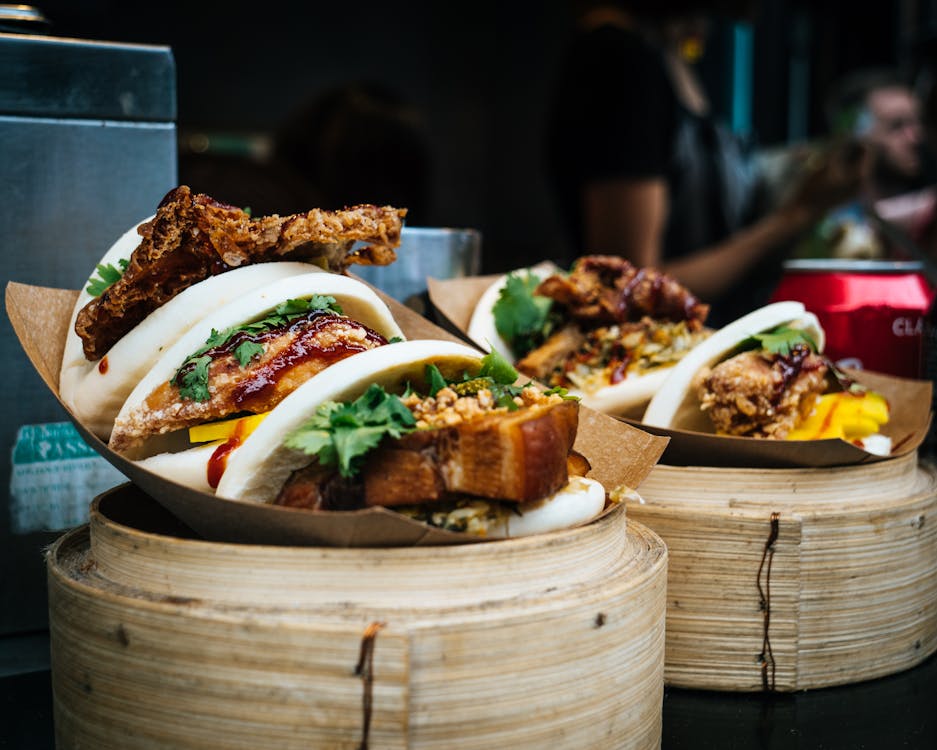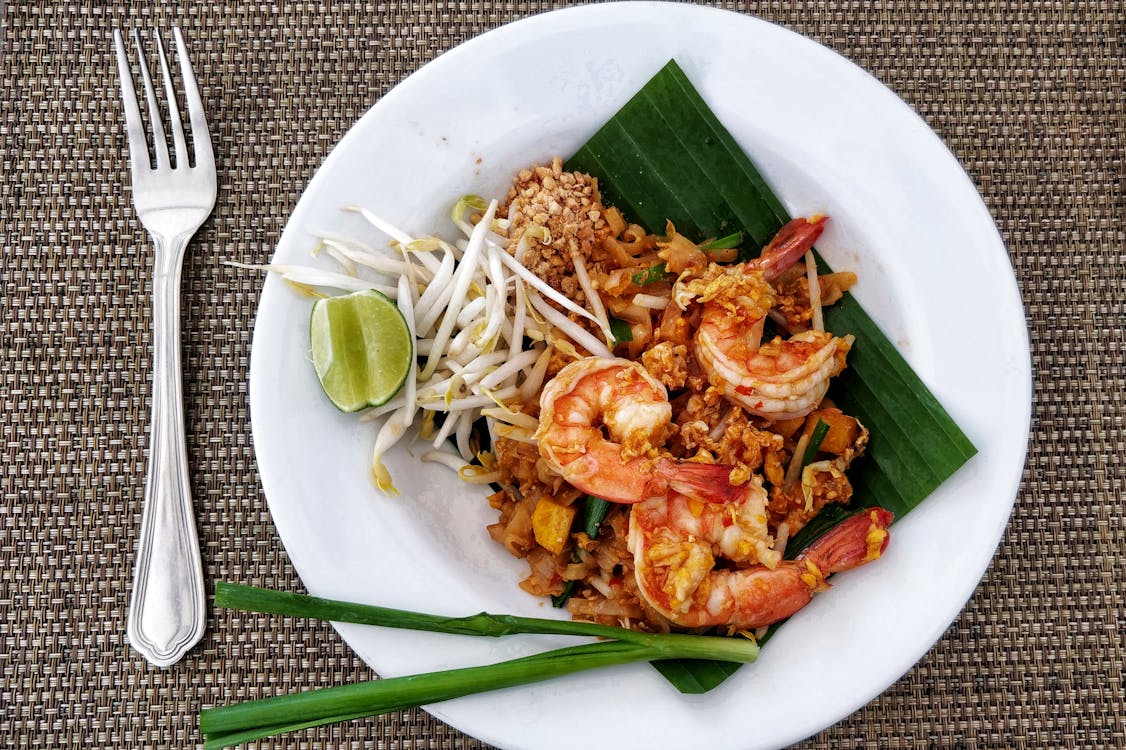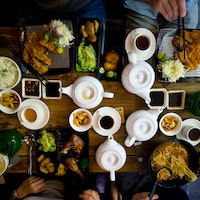Exciting Aspects Of Asian Cuisine
One of the most exciting aspects of Asian cuisine is its ability to combine tradition and innovation. As these foods travel between countries and adapt to new environments, they undergo new changes, often leading to new culinary experiences. Let’s explore how Asian imports support fusion cuisine:

1. Fusion Cuisine of Asian Foods:
In the culinary world, fusion cuisine is the art of combining elements from different cuisines to create something new and exciting. Asian cuisine plays an important role in fusion dishes that combine the best of both worlds. Take, for example, the “Asian Tacos” model, which adds traditional Asian flavors to soft tortillas for a harmony of textures and flavors.
2. Cross-Cultural Inspiration:
Not only influenced by Western cuisine but supported by other Asian countries, Asian food brings cross-cultural inspiration pressure. For example, favorite Japanese sushi rolls have taken the world by storm with a variety of local ingredients and flavors from around the world.
3. Ingredient Innovation:
Asian ingredients are incorporated into a variety of non-traditional dishes. From Korean gochujang burgers to Thai-inspired noodles, chefs experiment with Asian dishes, seasonings, and sauces to create unique flavors that will delight adventurous palates.

4. Modern touches to traditional dishes:
Asian dishes that can breathe new life into dishes with modern touches. For example, traditional Chinese dumplings have become a culinary style with creative writing, photography, and presentation showing the harmony of tradition and innovation.
5. Global Collaboration:
global culinary communities have witnessed exciting collaborations between Asian and non-Asian chefs. These collaborations often result in special menus or events that highlight the many flavors that bring Asian food to the table.
Sustainability and Ethical Considerations:
As foreign foods from Asia become more popular, sustainability and ethical considerations become more important. Some points to consider are:
1. Responsible Sourcing of Asian Foods:
As demand grows, it is important to ensure that responsible food is sourced from Asia. This includes suppliers that support fair trade and prioritize fair labor and sustainable agriculture.

2. Environmental impact:
Long-term food transportation abroad has a high carbon footprint. Choosing local Asian ingredients wherever possible can help reduce environmental impact.
3. Supporting Local Communities:
While it is exciting to discover exotic foods from Asia, it is equally important to support local Asian communities. Visiting local Asian markets, restaurants and food stalls can be a way to celebrate and participate in the culture while contributing to the local economy.
4. Mindful Consumption:
It is important to practice mindful eating when we accept different types of food from Asia. This includes minimizing food waste, making the most of every resource, and getting the most out of cooking.
Preservation of Culinary Heritage:
Imported Asian dishes play an important role in preserving culinary heritage and transmitting culture. Specific processes are as follows:
1. Intergenerational Ties:
Families often pass on different foods from generation to generation. Preparing and enjoying Asian food can lead to better relationships between adults and young people in families, creating opportunities for learning and sharing.
2. Cultural Identity:
For the Asian diaspora, foreign foods provide a link to their cultural heritage. Preparing and eating these dishes can lead to a sense of wonder and connection with their traditions.
3. Cuisine Festivals and Events:
Culinary festivals featuring imported Asian dishes enable communities to celebrate their culture and share their heritage with the audience.
4. Food Tourism:
For those who do not have time to travel to Asia, it offers the opportunity to explore Asian cuisines and taste the various cuisines of the region. This can increase interest in cultural exploration and also encourage travel planners to experience the reality of the place.

Asian food can bring people together and strengthen bonds. Whether you’re sharing an Asian-inspired meal with friends at home or discovering new food at a local Asian restaurant, these experiences can foster relationships and spark an exchange of ideas.
5. Family Dining Experience:
Cooking exotic Asian dishes at home and inviting friends and family to share a meal can spark a conversation about culture, history, and personal experience.
6. Cultural Exchange Events:
The community often organizes cultural exchange events where people from other countries come together to share food, stories, and culture. These events promote understanding and unity among different people.
7. Cooking Courses and Seminars:
Attending cookery courses and seminars focusing on importing Asian dishes is not just a fun way to learn skills, it’s an opportunity to cook new dishes as well as share them with food lovers.
8. Online Food Communities:
The Internet has created online communities dedicated to food research. Chatting, sharing food, and learning from others with a passion for Asian imported food products develop a sense of belonging and connection.
Finally Thoughts: Embracing the Taste Journey
Asian food can be more than just ingredients; They are the window to the world of culture, history, and innovation. Whether you’re looking for mind-blowing new flavors, exploring your cultural heritage or simply expanding your culinary horizons, these recipes offer a uniquely designed experience.
As you embark on this journey, make sure you enjoy every bite, appreciate the stories behind the dishes, and appreciate the connections you make along the way. From condiments to convenience foods, from cultural traditions to culinary fusions, the world imported from Asia invites you to savor the flavors that celebrate our diverse world.
Want to shop? Click here


